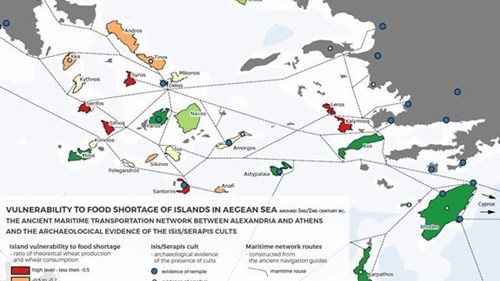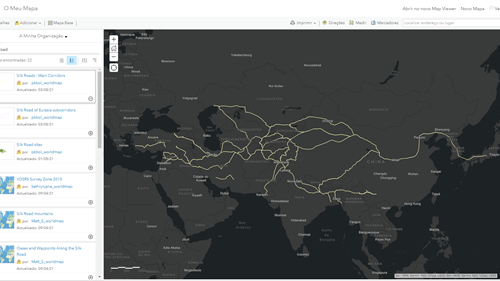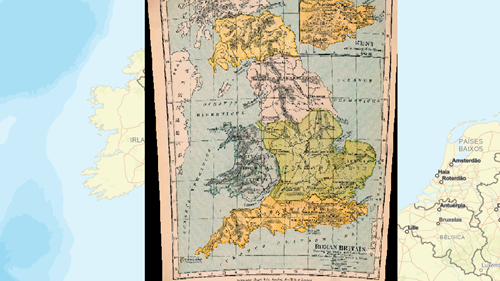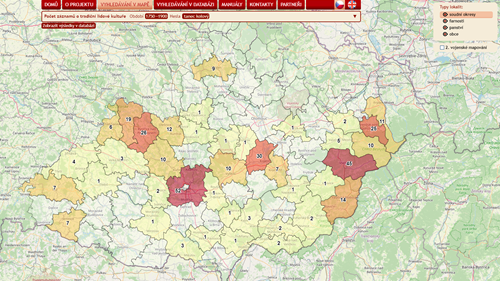Spatial Turn - the humanities turn to maps
While the use of spatial data is one of the basic methods in many natural sciences, in the humanities (except archaeology) working with maps has been rather exceptional. According to some scholars, the turn to place and space (referred to as the Spatial Turn) did not occur until the 1980s. It gradually spread to the literary sciences and other humanities.
One impetus was the gradual globalization and also technological advances in geography and cartography. The development of geographic information systems and their emergence in the social sciences and humanities opened up the possibility of a completely new way of looking at problems in relation to place and space. Thanks to the easy availability of applications and software for geocoding, digital mapping and other work with spatial data, a number of interesting projects are emerging, including in fields such as history, literary studies and religious studies.
Deep maps - more than maps
Since every object of study is more or less tied to a particular place (a historical event, a sociological or literary phenomenon), the concept of so-called deep maps is of great interest to humanities scholars. These are maps containing a number of layers in addition to physical and geographic characteristics. In one map, they can look at economic conditions, socio-economic and demographic indicators, as well as, for example, literary works that refer to a place, archaeological finds from a given location, or traditions and folklore that shape the identity of a place, which helps researchers to find interesting connections.
An excellent example of such a project is the so-called World map from Harvard University. The interactive world map serves as a research tool for scientists. It contains thousands of datasets and map layers from different areas. In addition to demographic data (population size and density, birth rate or migration), they allow to study, for example, the distance of specific areas from water resources, the change in their agricultural use, or climatic conditions. There are also dozens of historical map bases adapted to the ArcGIS environment, such as a map of the 19th century Russian Empire or Great Britain during the Roman Empire, and a number of thematic maps (a map of the route of the Silk Road and Hadrian's Wall or a map of historical data from the Census). Using the GIS interface, you can create and add your own layers from the data to extend the interactive world atlas project.











